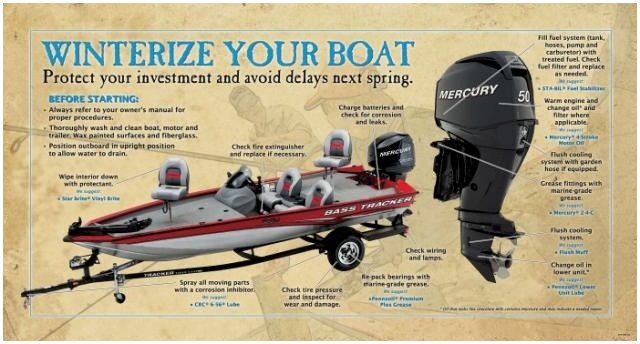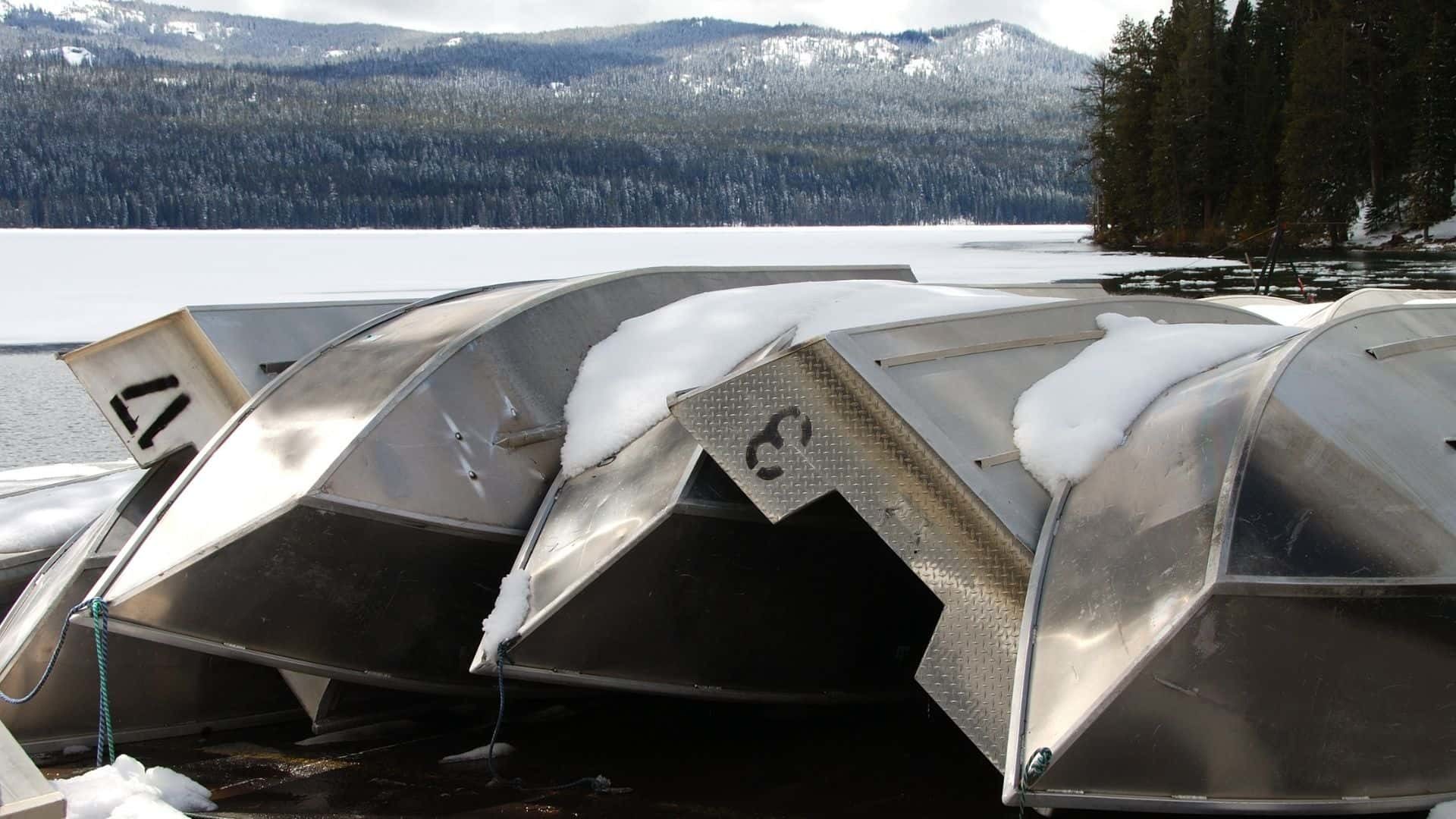

- #Winterizing an inboard boat motor how to#
- #Winterizing an inboard boat motor full#
- #Winterizing an inboard boat motor crack#
How To Dewinterize An Inboard Boat Motor - Last Updated on 17 May How To Build A Boat Seat Box?- Last Updated on 17 May How To Remove Boat Seats? Last Updated on 17 May How to Bottom Paint A Boat On A Trailer In 7 Unique Steps? Last Updated on 17 May What Is The Best Way To Avoid Overloading Your Boat?-] Last Updated on 17 May

How Do You Clean A Boat After Saltwater? Last Updated on 17 May How to Remove a Boat from a Trailer + Step Guide (2023) Last Updated on 17 May This helps to prevent trapping air pockets inside.How To Carpet A Boat Deck In Easy Steps Last Updated on 17 Mayīest Way To Clean Boat Seats-Top Do's and Don'ts 2023 Last Updated on 17 Mayīunk Vs Roller Trailer- How They Differ In 2023 Last Updated on 17 May Refill the bullet through the bottom plug opening, forcing lube upward until the lube comes out the top opening. If it looks like well-creamed coffee, you have a leaking prop shaft seal which must be replaced. Look for iron filings on the magnetic plug – a sure sign of gear wear. Outdrive and outboard motor lower units (known as “the bullet”) should be drained of lubricant.

Replace the fluid if it’s unusually dark or has bad odor. Some inboards use ordinary engine oil, but many require a specific transmission fluid. Now is also the time to check the fluid level in the inboard gearbox.

#Winterizing an inboard boat motor full#
Besides, that old oil is full of corrosive by-products that have no place sitting in your oil pan over the winter. The time to change lube oil and the filter on an inboard engine is when it’s still warm from winterizing. At least one manufacturer recommends running the engine on dry land for 20–25 seconds at the end of the season to remove any water from the jet pump. (This is true of outdrives and many inboards which also use flexible vane pumps.) Running an engine dry usually ruins the vanes. However, do not run your outboard on dry land just to “make sure.” The flexible vanes of the impeller in the water pump need water as a lubricant. You can help the process by turning the engine over by hand a couple of times. Outboard engines stored upright are designed to drain themselves dry. The only problem with a wet layup: You really can’t do it yourself because special equipment is needed. Then, a boat technician uses a special tool to measure the level of protection. Special non-toxic antifreeze is pumped through a running engine until everything reaches normal operating temperature. Today, most experts recommend a “wet” layup. Modern engines have drain plugs, but they’re seldom used because an old-time “dry” layup can easily go wrong. In the old days, water was drained from the block and exhaust manifold by removing drain plugs.
#Winterizing an inboard boat motor crack#
Even a small crack reduces the best engine to scrap iron. This happens when plain water is trapped in cooling passages. Crank the engine over once or twice before replacing the spark plugs.īy far the most expensive repair from winter damage is a “frozen” engine block. Once the engine has stopped, remove the spark plugs and spray fogging oil directly into the cylinders. A small leak inside a boat hull can create an explosive situation.īefore the engine starves for lack of fuel, spray fogging oil into the carburetor (if equipped) to protect the intake valves from corrosion. If you can’t find a valve, do not disconnect your inboard engine’s fuel line. Look for a fuel shutoff valve on your inboard engine. Disconnect the fuel hose from an outboard. Run the engine (inboard or outboard) and shut off the fuel supply. Start next season with fresh gas.Īll engines should be “fogged” to coat the insides of the cylinders with corrosion-fighting oil. Instead of overwintering any remaining fuel, use it for another purpose. Stabilize that fuel and run that mixture into the engine as above. Small “kicker” outboards are particularly susceptible to bad gasoline. Tanks should never be completely full because gasoline expands when it is warmed, and overflow on a warm day can create a fire hazard. Being nearly full reduces moisture condensation during the winter. The tanks should be about 95% full of stabilized gas. But, if you fuel your outboard boat at a gas station, your fuel probably contains ethanol, which causes moisture-related problems during extended storage.Įither way, head off trouble by pouring marine fuel stabilizer into your tank before storage if fuel tanks cannot be totally emptied for winter storage. Boat gas from marinas is usually pure gasoline. “Winterizing” is a collective term for the necessary steps to prevent expensive freezing and rusting damage to your boat’s engine during the dark of winter.įuel is your first priority. And, it creates rust when wet iron is exposed to oxygen in the atmosphere. Water is the only common liquid that expands as it freezes. The same water that makes boating fun in the summer becomes your boat’s anathema in winter.


 0 kommentar(er)
0 kommentar(er)
